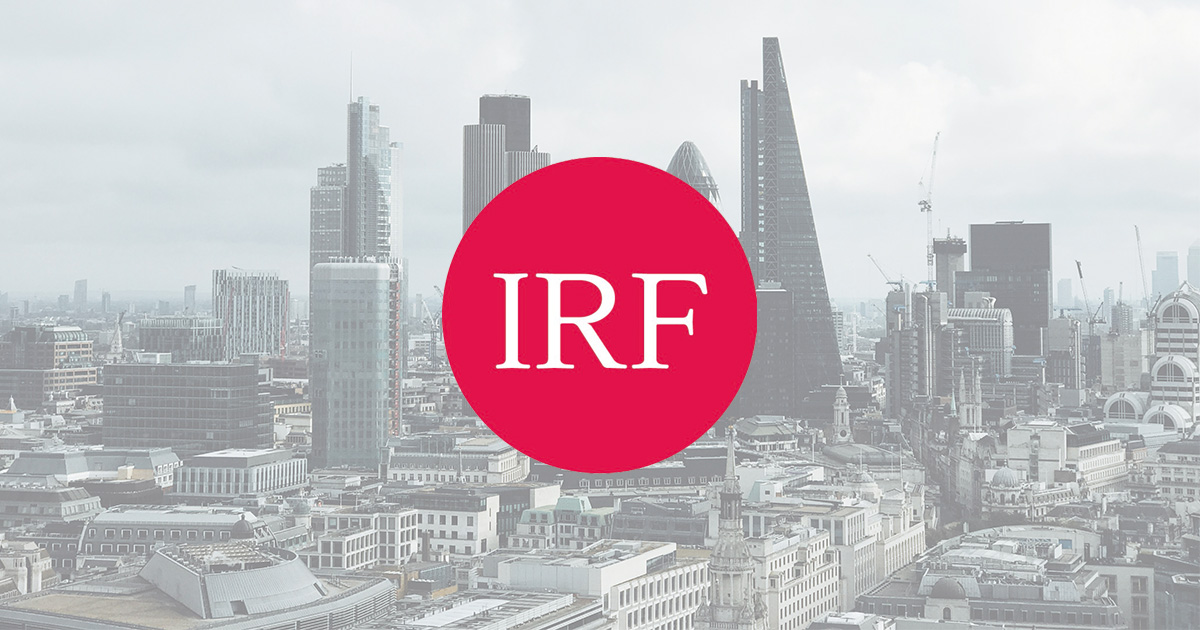Chile Economic Outlook: Walking on Ice
Pacifico Research
Tue 10 Nov 2020 - 15:00
Summary
Igal explained how the Chilean economy had been on a downtrend from 2019 due a to a global cyclical downturn and the trade war. For two to three decades the Chilean economy enjoyed political and economic stability with low and stable inflation, the highest GDP per capita out of LATAM countries with government debt at 30% of GDP. Protests in Chile in October 2019 showed the country was going through a major social crisis. The support for and credibility of institutions has been collapsing. Trust in the police, armed forces, government, politics, TV stations have plummeted. The Central Bank focused on market stability and injected liquidity into the system. The government increased their expenditure by $3 billion to infrastructure projects and measures to help SMEs and the unemployed. Despite the continuing social unrest the economy recovered in January and February. At the referendum last month 80% of Chileans voted to rewrite the constitution where we should expect more participation from the government in the provision of public goods such as in education and healthcare. There will be decentralisation and the voices of indigenous groups will finally be heard.
Chile engaged on a recovery path from Covid quickly and was initially a poster child for Latam on how to handle the crisis. However, in June the country had some of the highest rates of new daily cases in the world and severe confinement measures were imposed. Restrictions in April led to the worst GDP destruction since the financial crisis in the mid-eighties, the MSA (monthly index of economic activity) contracted 15% year on year. Unemployment peaked at 13% in July, 1.8 million lost their jobs which is 20% of whole labour force and up to 30% when you include those who would like a job but are not actively seeking. We saw a strong depreciation of the currency, significant stock market price falls and higher risk premium all around. Inflation has been trending down since February. Chile having an independent Central Bank meant there was a strong coordinated response along with the regulator and government to mitigate income loss and reduce risk in the banking sector. Interest rates were lowered 125 basis points to 0.5% (a technical minimum) in 2 weeks. In addition, they aggressively embarked on a form of QE for the first time. Workers have been able to take out insurance so they can keep 50% to 70% of the salary whilst not working. SMEs now have a credit guarantee program. As population started to demand more cash transfers, congress approved a partial withdrawal of pension savings which gave a strong temporary boost to consumption. High probability of a second wave of the pandemic drawing from the European experience; expect it in March, April, May next year.
Chile has space to withstand fiscal pressures without major disruption for some time. With a fiscal deficit of 8.5% of GDP this year and 5.5% next year and slowly converging to 3% over subsequent 10 years and 2% over the following 20 years. If one uses an average GDP growth of 2%, gross debt will converge to c.55% of GDP in 2030 and will remain there stabilising. Therefore, the risk of default is very low and sovereign debt will most likely remain within investment grade for the foreseeable future. Expect GDP to recover relatively fast and should be back to pre-Covid level in early 2022. Inflation will remain subdued in the lower part of the 2% to 4% Central Bank target range. The Central Bank will stop intervening in the bond markets next year and will gradually increase rates from Q3 when term premia will go up. For investors, trades on Chilean assets should focus on relative value. Igal discussed the different scenarios that could play out next year and which trades should be considered. He also touched on Colombia and the differences between the two economies.
Topics
Discuss risks and assumptions relating to the social crisis: what to expect looking forward, given the result of the referendum on a new constitution.
Pandemic: are we going to have a second wave?
Terms of trade: China and the price of copper.
Fiscal finance: 2020/2021 fiscal deficit and fiscal sustainability.
Provide forecasts for GDP, aggregate demand components, main sectors, inflation, interest rates and the exchange rate.
